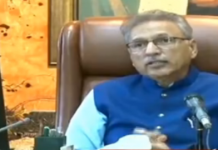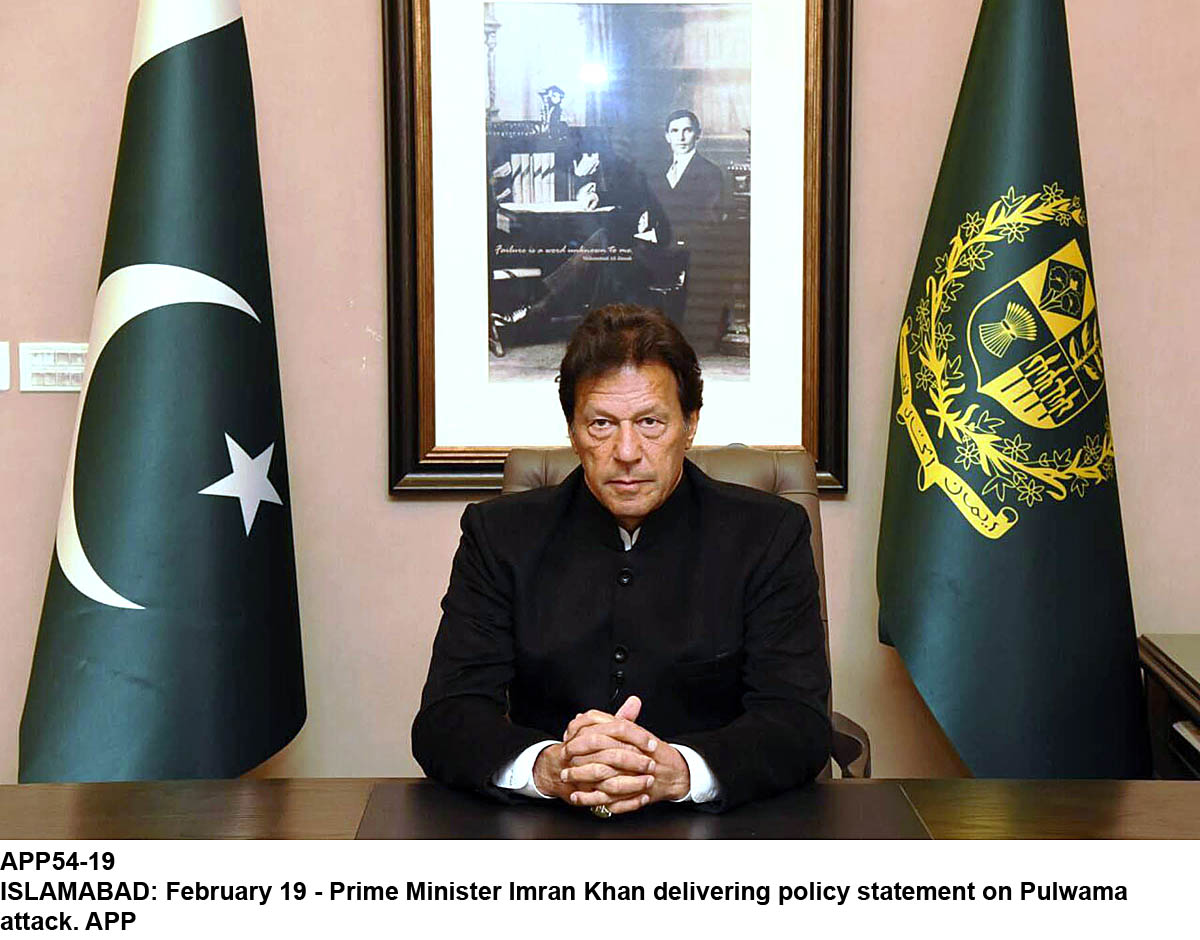Published on: August 18, 2025 10:28 AM

Heavy rains continue to batter Pakistan, pushing river levels to dangerous highs, destroying crops, and cutting off access in several districts. The National Disaster Management Authority (NDMA) issued an emergency alert, warning of more devastating downpours across Punjab, Khyber-Pakhtunkhwa (K-P), Sindh, Balochistan, Azad Jammu and Kashmir (AJK), and Gilgit-Baltistan. Officials confirmed that at least 657 people have died and nearly 1,000 others have been injured since late June, making this one of the deadliest monsoon seasons in years.
K-P remains the worst-hit province, suffering catastrophic damage as flash floods, cloudbursts, and landslides swept through multiple districts. In Buner alone, more than 200 people lost their lives, while the total death toll in K-P has climbed to over 320. Provincial disaster authorities reported that hundreds of homes have either collapsed completely or sustained partial damage, displacing families who now rely heavily on temporary shelters and relief camps. Search operations are still underway to locate missing persons.
Meanwhile, Punjab has been inundated with its seventh monsoon spell, submerging villages and farmland in Kasur, Bahawalnagar, and Narowal districts. Dozens of protective embankments gave way, allowing floodwaters to destroy standing crops and forcing families to evacuate. Authorities also confirmed that additional water releases from India’s Harike Headworks may worsen the flooding situation downstream. Rescue teams deployed boats to evacuate stranded residents, while relief camps provided emergency food, tents, and blankets.
The NDMA cautioned citizens to remain alert, avoid unnecessary travel, and stay away from rivers, streams, and landslide-prone areas. Officials advised parking vehicles in safe zones and avoiding submerged bridges or fast-flowing water channels. Relief efforts, however, are ongoing under the supervision of federal and provincial governments. Prime Minister Shehbaz Sharif has dispatched ministers to oversee aid distribution in the worst-affected areas, promising complete support for rebuilding efforts.
In Gilgit-Baltistan and AJK, connectivity with several villages has been cut off due to landslides and flash floods, leaving many communities isolated. The NDMA confirmed that heavy rainfall over the next 24 hours could trigger more landslides in mountainous areas. Similarly, Sindh’s coastal and interior districts are bracing for scattered thunderstorms, while Balochistan faces a mix of heavy and moderate showers in both coastal and central regions. Relief agencies are preparing additional supplies, machinery, and medical support to minimize further losses.
Punjab Chief Minister Maryam Nawaz Sharif has placed administrations on high alert, especially in Murree, Rawalpindi, Jhelum, and Koh-e-Sulaiman valleys, where cloudbursts and landslides are feared. Tourist travel to Murree has been banned, while rescue agencies remain deployed across flood-prone areas. With Tarbela and Mangla dams nearing full capacity and major rivers swelling, authorities stress that the coming weeks are critical. Pakistan’s fight against these relentless monsoon rains highlights once again the growing dangers of climate change.











